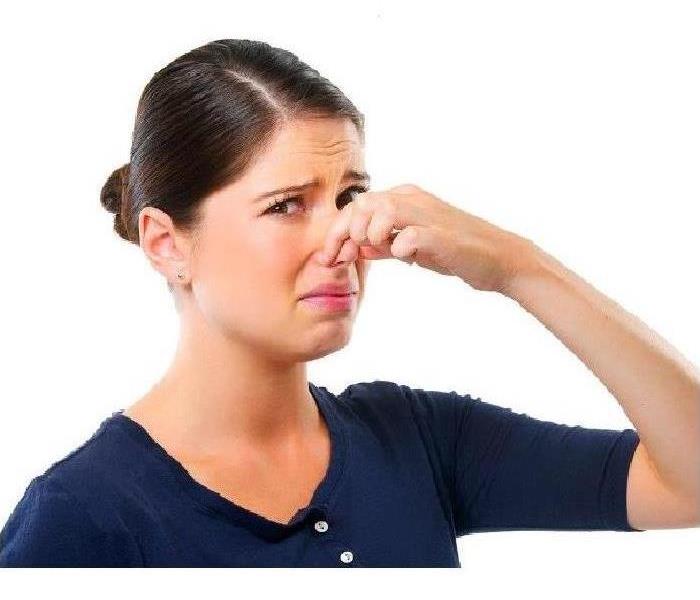How Essential Is Odor Control and other Fire Damage Finalization Procedures in Dallas?
1/13/2022 (Permalink)
 Smoke odors linger long after the fire is extinguished. SERVPRO has the training and tools to remove the odors.
Smoke odors linger long after the fire is extinguished. SERVPRO has the training and tools to remove the odors.
SERVPRO Helps Manage All Aspects of Fire Damage in Dallas Properties Conveniently
After repairing and cleaning your fire-damaged house, you might still feel that something is not right. Issues such as poor air quality can keep developing inexplicably. One reason for such a negative outcome is failing to perform finishing processes such as deodorization. Alternatively, the deodorization carried out might have been insufficient. One thing that SERVPRO assures Dallas homeowners is that all steps taken by our crews to fix damage from a fire are done to a satisfactory level eliminating chances of problems cropping up later.
Why Would Odors Linger After Addressing Fire Damage in Your Dallas Home?
Knowing what happens during a fire in Dallas is crucial when trying to understand odor characteristics. The combustion process:
- Opens up pores in materials as it heats them
- Deposits residues such as soot, tar, and ash on surfaces
- Releases chemical agents such as Sulphur dioxide, Nitrogen oxides, and Lead
When combined, the influences of all these factors might lead to a persistent odor problem at your home. For instance, when pores open up due to excess heat, residues can penetrate deeper into materials. Cleaning rarely reaches such residues meaning that even when your home looks clean, you might still experience a trace of bad odor from the deeply embedded residues.
The residues deposited on surfaces also differ in many ways, including the physical form. Some, like wet smoke residues and tar, are difficult to clean, while others, such as residues from protein fires, are virtually invisible. Therefore, the people doing restoration might miss areas with such deposits leading to persistent odors.
Does SERVPRO Address These Issues When Cleaning Up a House?
Because the crew we send to your premises to address the fire damage includes IICRC certified Fire and Smoke Restoration Technicians, we know what to look for to determine how to ensure the restoration process addresses all issues. For instance, in case of a protein fire, we clean the entire house rather than just the areas with visible soiling. For severe soilings, such as the deposit of wet smoke residues on surfaces, we use superior cleaning methods or even strip off the affected surfaces. A thorough cleaning helps remove a significant percentage of the odors. However, specific deodorization procedures are still necessary.
How does Deodorization Work?
An odor signifies the presence of volatile molecules that dissipate into the air continuously. Given time, odors disappear on their own. However, waiting for the natural dispersal is not a great plan of action since you must endure the bad smell over extended periods. Odors can also transfer from the primary source to affect other materials, thus complicating the situation. Taking specific deodorization steps can help:
- Neutralize the volatile molecules
- Remove the source
- Seal in the molecules
Deodorization requires the right resources, including equipment and products. Our SERVPRO technicians combine various methods to ensure a satisfactory outcome. For instance, apart from performing separate deodorization procedures, we also include odor control in other aspects of the restoration. On arrival at the property, we set up hydroxyl generators for continuous odor control. We also mix cleaning solutions with water-based deodorizing compounds to neutralize odorous compounds from areas where we remove soiling. Taking such a proactive approach helps simplify the processes needed during the main deodorization phase of the restoration.
What Determines the Choice of a Deodorization Method?
Unlike cleaning, which involves straightforward procedures, deodorization is more challenging since odor molecules are not something you can see or probe with some equipment. The choice of a deodorization method depends on:
- The strength of the odor
- The types of materials affected
- The conditions during application
A strong deodorizing product is necessary to neutralize strong odors, but it should not create other odors. When mixing a deodorant with cleaning solutions, its effectiveness can change based on the dynamic pH levels of the cleaning water as it mixes with soils. Our SERVPRO technicians combat these challenges by using specially formulated agents that work at extreme pH levels and different temperatures.
In case the odor affects porous materials, you can expect deeper penetration, which can hinder the effectiveness of deodorizers if they do not penetrate the said material fully. Our odor control technicians can combat this by changing the delivery method. We have specialized equipment such as ULV misters and thermal foggers that help deliver the agent to all areas, including deep within materials. Thermal foggers deliver a blend of odor counteractants, aromatic phenolics, and fragrances in a solvent base, while the ULV misters help when using water-based deodorizers.
Neutralizing odors is crucial for your home to regain its pre-damaged state. Call SERVPRO of Southeast Dallas County at (972) 227-0800 to help with deodorization. We’re Faster to Any Size Disaster!






 24/7 Emergency Service
24/7 Emergency Service